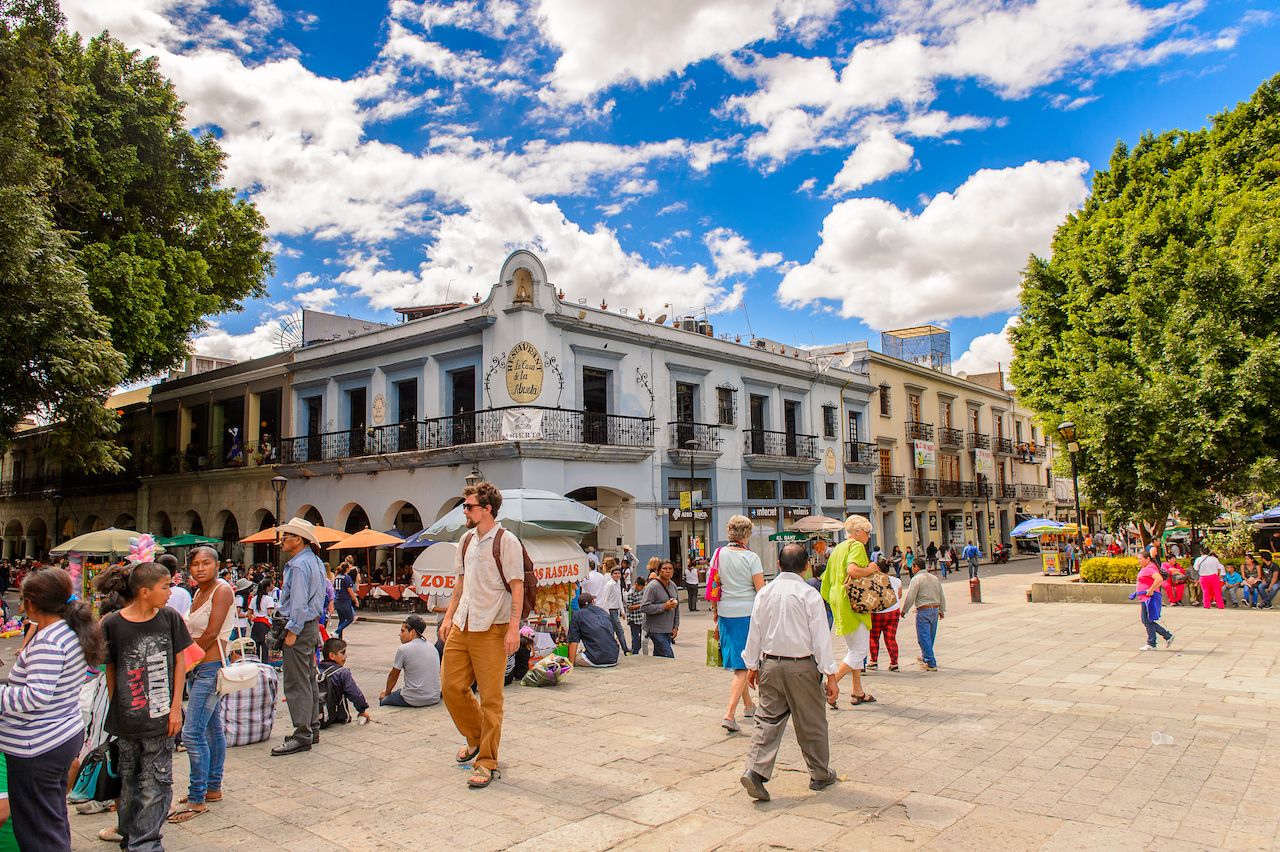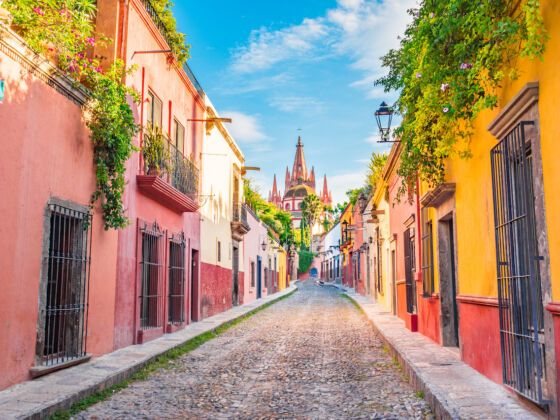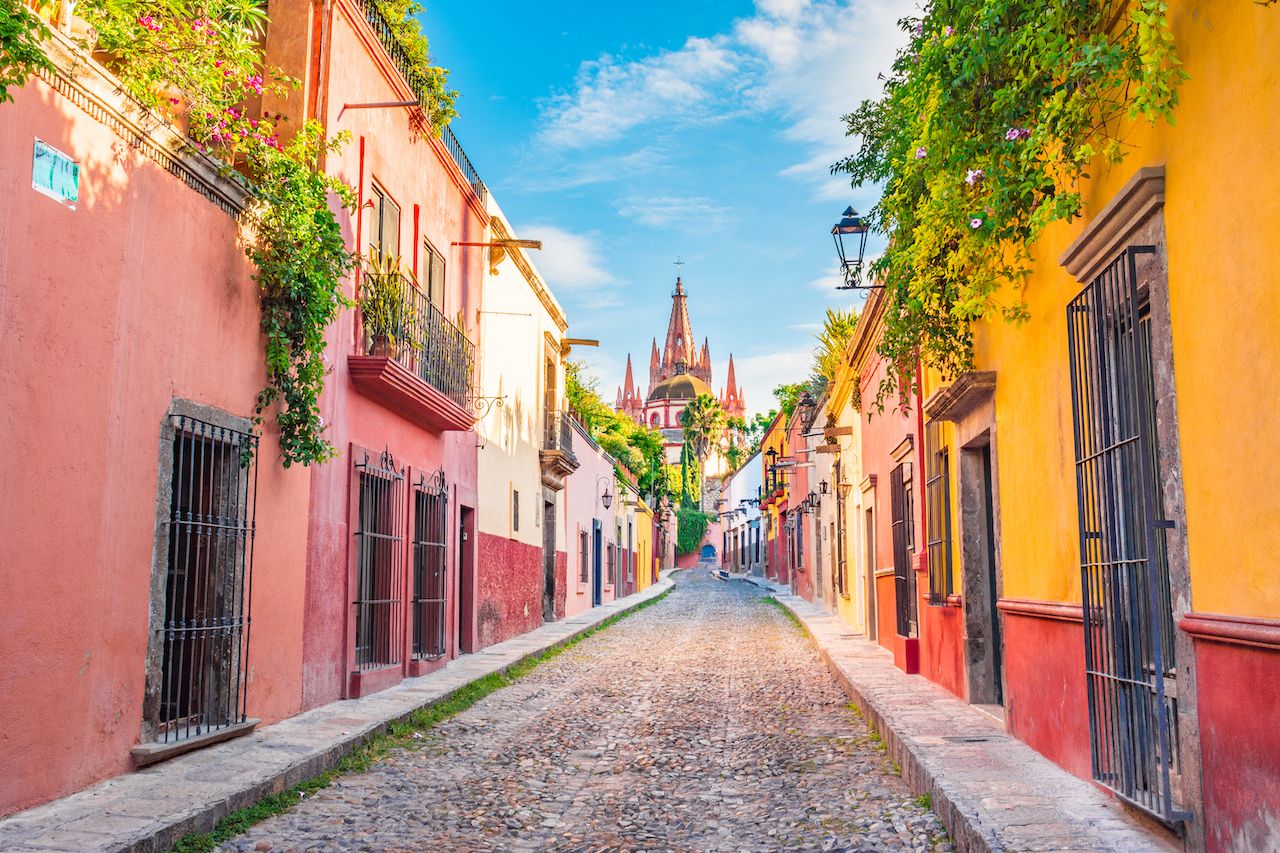5. Oaxaca

Photo: Anton Ivanov/Shutterstock
Both the state and its eponymous capital make the list here, with the former being home to some of the most compact diversity in Mexico, both cultural and in terms of wildlife/terrain, and the latter a UNESCO-recognized city of 265,000 showcasing an abundance of well-preserved colonial architecture.
The ruins of Monte Alban, an ancient capital city of the Zapotec culture with a history going back 2,500 years (making it one of the oldest Mesoamerican sites), is just six miles from downtown Oaxaca. (Warning: As a result, it does get crowded.)




